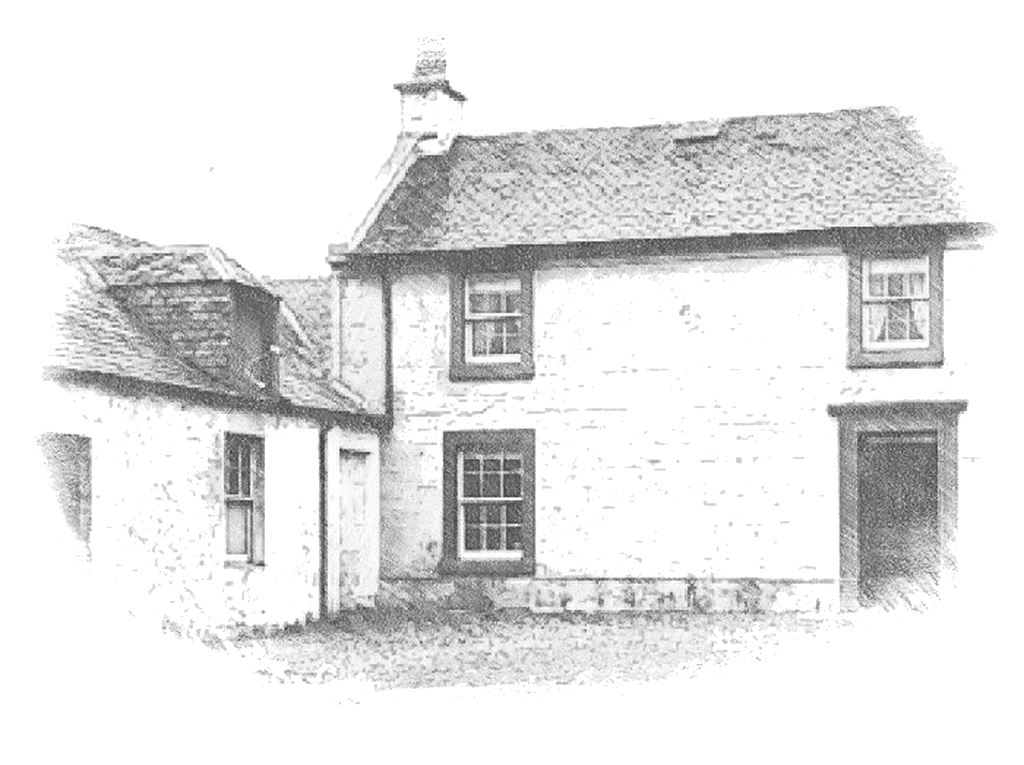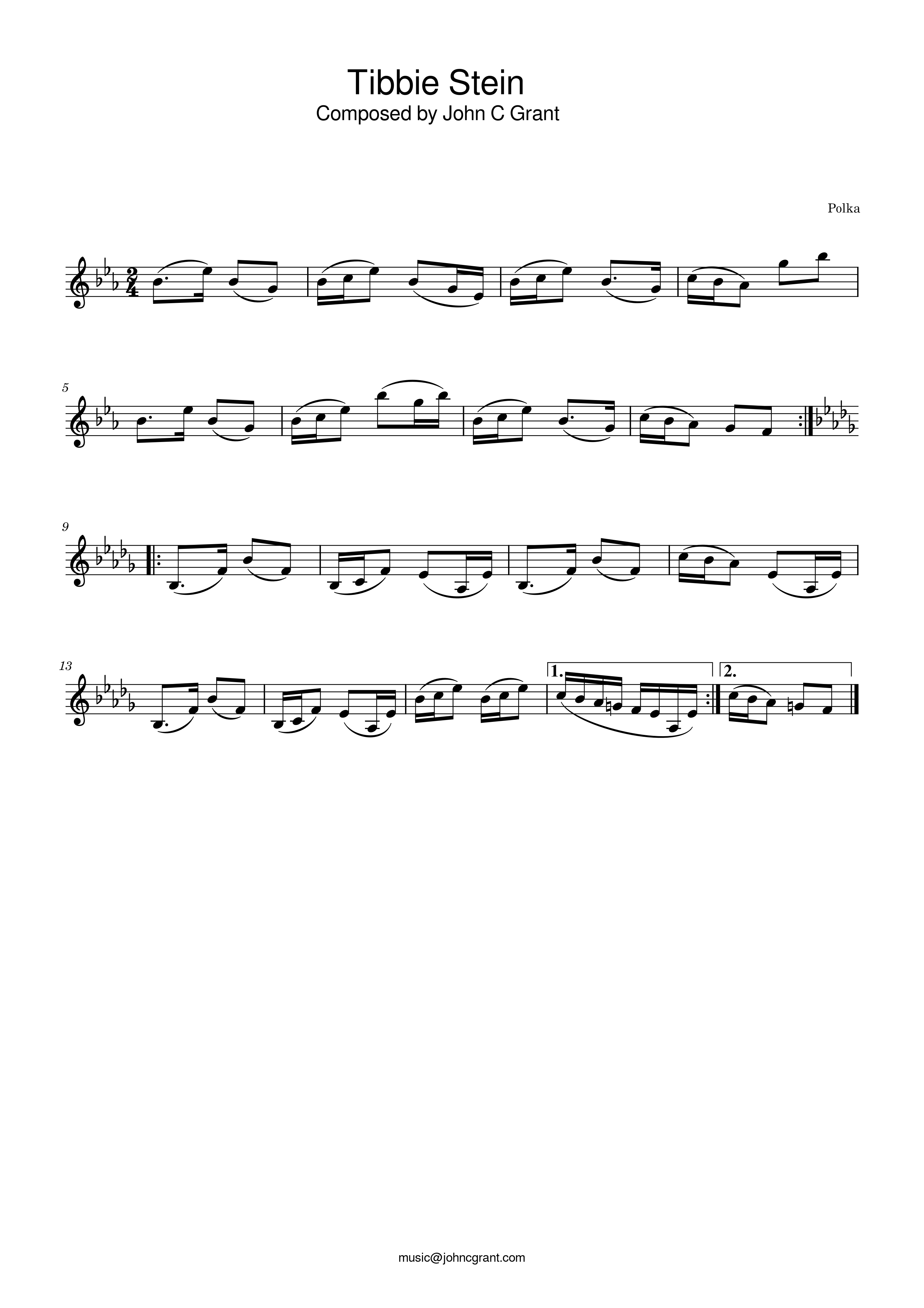
Isabella Steven, also known as Tibbie Stein, hailed from a tenant farmer family residing at Little Hill Farm, situated adjacent to the Burns’s property at Lochlea. The name ‘Stein’ is an alternative rendering of the surname ‘Steven’. Despite its name, Little Hill Farm encompassed three acres of land that were scarcely better than peat moss. Historical records also mention her residence in Tarbolton.
Tibbie, recognized for her remarkable beauty, caught the eye of Robert Burns when he was just seventeen years old. The poet believed his courtship was progressing well until a legacy and dowry of £75 unexpectedly came to Tibbie, altering her view of herself beyond the realm of a mere farmer’s son. In response, she chose to marry a more affluent suitor shortly thereafter.
During this period, Isobel Burns, the poet’s sister, aged nine or ten, remains the sole source linking Isabella Steven to the ‘Tibbie’ referenced in the song. According to local tradition in Tarbolton, ‘Tibbie’ resided on the western side of Burns Street, at the intersection with Garden Street. It’s said that her father was a prosperous farmer.
There is a tale that the poet once visited Tibbie’s home in the evening, only to be courteously informed that she was engaged with another admirer. Burns departed gracefully and never revisited her residence. Tibbie went on to marry her admirer and became Mrs. Isabella Allan, prompting Burns to shift his affections toward Elizabeth Paton.
The poignant song “O Tibbie, I Hae Seen The Day” was penned by the poet, reflecting his sentiments:
O Tibbie, I hae seen the day, Ye would na been sae shy, For lack o’ gear ye lightly me, But, trowth, I care na by.
This early example of Burns’ love songs, set to the melody of “Invercauld’s Reel,” is preserved in Johnson’s The Scots Musical Museum from 1788 (no. 196).
Interestingly, Tibbie herself acknowledged that the song pertained to her and that she had once held feelings for the poet. She shared this with her grandson when he recited the song, identifying herself as the heroine of the piece.
The poet expressed his scorn for the heiress in these lines:
There lives a lass beside yon park, I’d rather hae her in her sark Than you wi’ a’ your thousand mark, That gars you look sae high.
The reference to a “thousand marks” or “merks” at that time would amount to approximately £56, a figure close enough, given poetic liberty, to the mentioned £75. It is surmised that the “lass beside yon park” alludes to Elizabeth Paton, although Burns never confirmed this.
Preserving the legacy, the National Trust for Scotland safeguards Isabella Steven’s wedding spoon and spectacles at the Burns Birthplace Museum in Alloway.
A guide track for ‘Tibbie Stein’ is available below for listening: -
You can download a PDF of the sheet music here
- or braille format here.
The track is additionally available within the following collections and sets: -
Associated Collections: -
2/4
Ayrshire Characters
Not Yet Recorded
Polka
Robert Burns
The Tarbolton Collection
The Three Six Five Collection

